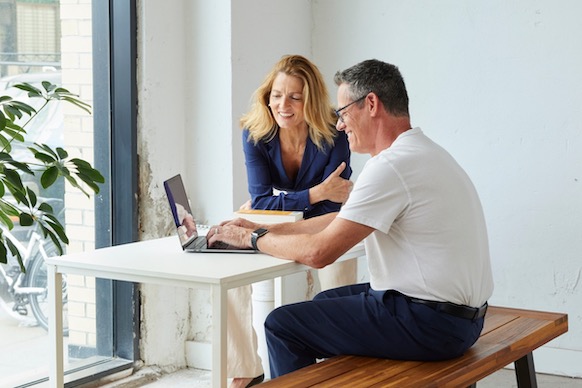Wix Studio FAQs: About the Transition from Editor X
4 min read
In this article
- FAQs about the update to Wix Studio
- FAQs about features from Editor X
In January 2025, Editor X has completed the transition to Wix Studio, our new platform for agencies and enterprises. All Editor X sites were updated to the new Studio Editor without affecting their live performance.
In this article, you'll find answers to all of your questions about Wix Studio and the transition from Editor X.
See what's new:
If you haven’t stepped into the Studio yet, now’s a great time to check out the workspace and the Studio Editor. Packed with powerful design features on top of all the capabilities you already know, plus a brand new collaborative workspace, Wix Studio allows you to deliver exceptional work at scale.
FAQs about the update to Wix Studio
Click a question below to learn all about the recent update from Editor X to Wix Studio.
What is Wix Studio?
Can I still create new sites on Editor X?
What happened to my Editor X site? How do I access it?
Are my paid subscriptions still connected to my sites? (e.g. premium plans, domains)
Did this update affect settings and data from my site's dashboard? (e.g. SEO and site settings)
I'm new to the Studio Editor. Where can I learn how to use it?
FAQs about features from Editor X
Some features have changed and evolved in the transition to Wix Studio. Click a question below to learn more.
Are vertical sections supported in the Studio Editor?
Were the image scroll effects updated?
What changes should I expect with pinned sections?
What happened to the click and hover interactions I set in Editor X?
